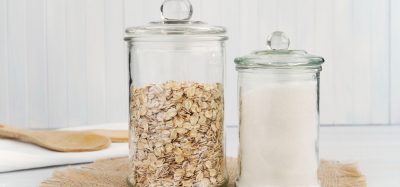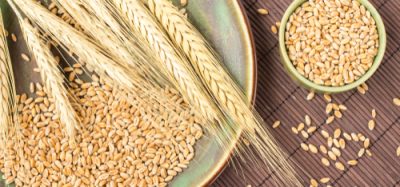What is the link between diet and cancer?
- Like
- Digg
- Del
- Tumblr
- VKontakte
- Buffer
- Love This
- Odnoklassniki
- Meneame
- Blogger
- Amazon
- Yahoo Mail
- Gmail
- AOL
- Newsvine
- HackerNews
- Evernote
- MySpace
- Mail.ru
- Viadeo
- Line
- Comments
- Yummly
- SMS
- Viber
- Telegram
- Subscribe
- Skype
- Facebook Messenger
- Kakao
- LiveJournal
- Yammer
- Edgar
- Fintel
- Mix
- Instapaper
- Copy Link
Posted: 1 February 2023 | Ria Kakkad (New Food) | No comments yet
Researchers have created a tool that can improve understanding of subtle metabolic types of dietary nutrients and disease.


Researchers at the Francis Crick Institute and King’s College London, both UK, have created a tool to predict the effects of different diets on both cancerous cells and healthy cells. Their work could help untangle the subtle metabolic changes associated with different types of nutrients and improve our understanding of the link between diet and disease.
As part of the study, published in iScience, the research team at the Centre for Host-Microbiome Interactions at King’s College London first created a comprehensive map of all metabolic pathways in the mouse. The Crick team then gathered experimental data to put into the model by measuring the levels of gene expression in liver and liver tumours from mice that had been fed either ‘healthy’ diets or ‘unhealthy’ diets, rich in fats and sugars.
They found specific changes in metabolism associated with unhealthy diets, which were seen to promote the production of glycerol and succinate in both cancerous and healthy tissues. They also observed that the differences in metabolism between healthy and cancerous cells were highest in the context of an unhealthy diet, suggesting that tumours can better exploit unhealthy diets to promote survival and growth.
Patricia Nunes, Senior Laboratory Research Scientist at the Crick, said: “By using experimental data from the lab, the model allows us to start understanding the complex metabolic changes that happen in tissues due to specific nutrients in the diet.”
Dimitrios Anastasiou, head of the Crick’s Cancer Metabolism Laboratory, said: “We know that poor diet wreaks havoc in our body’s metabolism. It can cause obesity and promote liver disease, which, in turn, can progress to liver cancer. We want to understand which nutrients in our diets, and in what combinations, drive these detrimental outcomes.”
The team then modelled the effects of a change in dietary components – from healthy to unhealthy, and unhealthy to healthy – in various combinations. They observed that, although some cancer-specific metabolic functions persisted on healthy diets, they could also reverse many of them, but only when both fats and carbohydrates were limited.
Anastasiou concluded: “Our approach can be used to help guide dietary changes that complement treatments for different diseases. But the most effective use of this understanding will be in preventing more disease by helping us select the foods we eat.”
Depending on future applications of the model, results could possibly impact food manufacturers reputation, sales, and regulatory compliance if the tool shows that their products have a negative effect on health. Furthermore, if the tool can provide evidence that certain diets or food products can prevent or cure diseases, this information could be used to create new marketing and labelling claims, which could affect competition in the market.
Related topics
Food Safety, Ingredients, Research & development, The consumer








